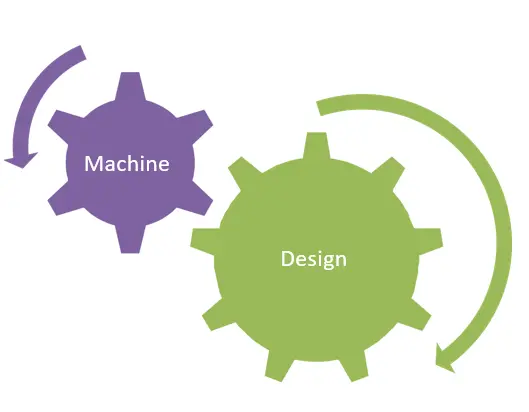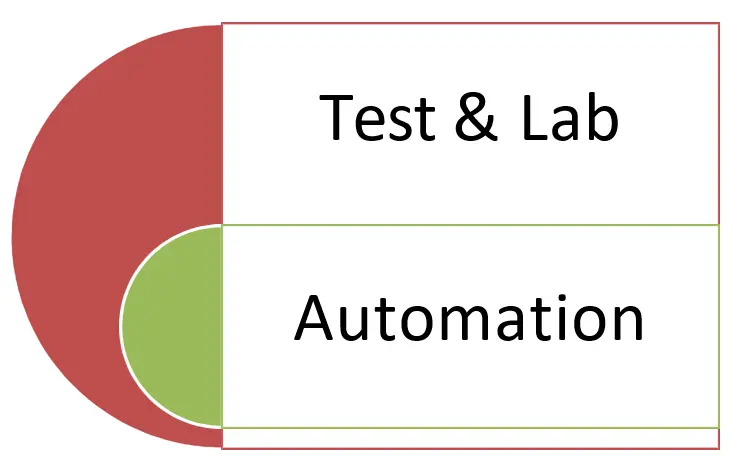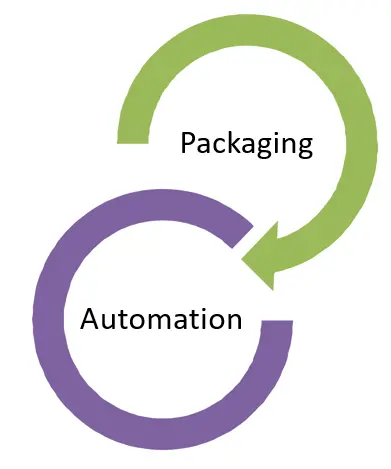Products
Design is the intermediary between
information and understanding

" Product design / CAD Drafting & 3D Modelling — Nova-Tech"
While specific methods may vary, most product design follows a multi-stage, iterative process grounded in design thinking. A common approach includes:
- Research: Conduct market and user research to understand the target audience's needs, behaviors, and existing market solutions. This includes creating user personas and journey maps.
- Ideation: Brainstorm and generate a wide range of potential solutions based on the research findings. Techniques like mind-mapping and storyboarding are common in this stage.
- Prototyping: Create a working model of the potential solution, from low-fidelity paper sketches to high-fidelity interactive versions. This allows teams to test functionality and viability.
- Testing and validation: Test the prototype with real users to collect feedback on its usability and effectiveness. This data is critical for refining the design.
- Launch and iteration: Release the final product to the market. Good design continues post-launch by monitoring performance and iterating on the product based on user feedback and data
<< Scroll below, for more slides >>
Ball Screw & Linear Actuator
Lead Screw Actuator
Precision XY SLides
Precision XY Slides
Precision XY Linear Axis

" Special Purpose Machines (SPMs) — Nova-Tech "
The machine design process involves defining requirements, followed by conceptualizing and detailed design, including material selection and component design. This is followed by analysis and simulation to ensure functionality, then prototype testing and validation. Finally, the design is manufactured, assembled, and undergoes quality assurance before deployment.
The design process is typically approached in these seven steps:
- Define the problem. You can begin solving any design problem by asking the right questions. ...
- Conduct research. ...
- Brainstorm and conceptualize. ...
- Create a prototype. ...
- Select and finalize. ...
- Product analysis. ...
- Improve
<< Scroll below, for more slides >>
Quilt Stitching machine XYZ Axis
CNC Lathe machine
Panel Saw Cutting machine
3D Scanner
Pick & Place, XYZ Axis,Drilling,
XYZ Axis, Engraving machine
XYZ Laser Cutting
Paper Cutting machine
Auto Doffer Robot machine
3D Printer
Hydraulic Press

" Industrial Automation & Assembly Lines — Nova-Tech "
The machine design process involves defining requirements, followed by conceptualizing and detailed design, including material selection and component design. This is followed by analysis and simulation to ensure functionality, then prototype testing and validation. Finally, the design is manufactured, assembled, and undergoes quality assurance before deployment.
The design process is typically approached in these seven steps:
- Define the problem. You can begin solving any design problem by asking the right questions. ...
- Conduct research. ...
- Brainstorm and conceptualize. ...
- Create a prototype. ...
- Select and finalize. ...
- Product analysis. ...
- Improve
<< Scroll below, for more slides >>
Automobile Lamp operation Testing machine
Automobile Torque load testing End line
Torque, Load, Operation Testing
Hydraulic Hardness testing machine
Hardeness testing
PCB Testing, Pallet Fixturing
Bearing inspection line
Torque testing, Load testing machine
" Packaging Automation — Nova-Tech"
Packaging automation is the use of machinery and technology to perform various packaging tasks with minimal human intervention. These systems, which can range from semi-automated to fully integrated setups, streamline the packaging process to improve efficiency, increase speed, and reduce costs.
- increased efficiency: Automation significantly increases production speeds and throughput, enabling companies to meet high demand more easily. Machines can operate continuously without breaks, maximizing uptime.
- Cost reduction: While the initial investment can be high, automation leads to long-term cost savings by reducing labor costs, minimizing material waste, and improving overall operational efficiency.
- Improved quality and consistency: Automated systems perform repetitive tasks with a high degree of precision, ensuring each package is filled, sealed, and labeled uniformly. This reduces errors and improves product quality.
- Enhanced safety: By automating physically demanding or hazardous tasks, companies can reduce the risk of workplace injuries and create a safer environment for their employees.

<< Scroll below, for more slides >>
Liquid Packaging machine
Milk packaging

























